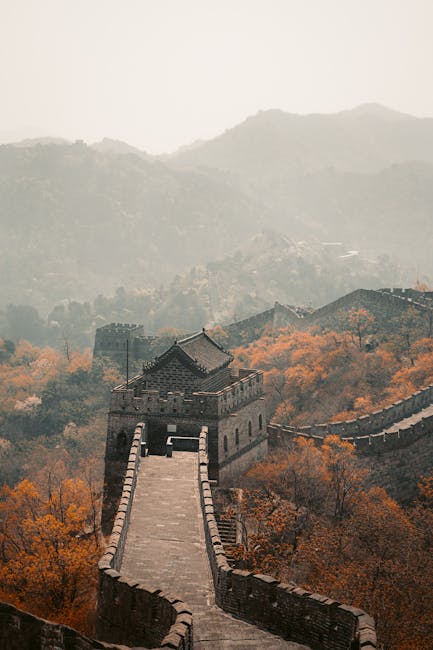The Scottish Highlands are a place of
beauty and mystery. They are also the home of that most enduring of Scottish customs, the Highland Games. Every summer, hundreds of towns and villages
throughout Scotland, play host to this most Scottish of spectacles. Spectators from far and wide, come together to watch strong men and women from Scotland and all over the world, compete in sports that date back to the earliest days of the clan system. According to legend, Malcolm Canmore,
King of Scots, hosted the first gathering in the 11th century. Back then, clan chieftains would select
their fiercest clansmen to battle it out in tests of brute strength and speed. Highland Games continued throughout the
centuries in one form or another, until the 19th century.
With the failed Jacobite rebellions came a crackdown on traditional Highland culture and the
games swiftly went into decline. In fact, they might have disappeared completely
if it wasn't for Queen Victoria. During her honeymoon in Scotland with
Prince Albert, the Queen famously fell in love
with the country and culture. After purchasing Balmoral Castle in Royal Deeside, she single-handedly sparked a
revival of the games, by reintroducing the Braemar gathering in 1832.
Today, they are celebrated on a global scale, with games held in the USA, Canada, Australia,
New Zealand and South Africa to name a few. So what actually happens at a
modern-day Highland Games? The truth is no two games are exactly the same, but this is how the day typically unfolds. Things kick off with a chieftains parade
which sees the chieftain of the games lead a procession of pipe bands, athletes
and highland dancers, usually from the main square of the local town or village
to the games field or arena. The gripping spectacle then gets
underway. With heavyweight and athletic events, piping and Highland dancing
competitions. The caber toss is probably
the most famous of the heavy events and what most people picture
when they think of the games. Competitors lift a huge
wooden pole and try to hurl or toss it in as straight a line as possible. The caber itself is traditionally made from larch, measures around six meters in
length and can weigh up to 80 kilograms. The distance that the caber travels isn't
important, the aim of the game is to toss the aim of the game is to toss it over, so that it lands in a 12 o'clock position.

Another heavy event spectacle is the hammer throw. You've probably already seen this event at the Olympics. The original Scottish version involves
the competitor trying to throw a metal ball as far as possible but instead of a
steel wire, the ball is attached to a wooden shaft. This means the Scottish hammer thrower has to keep their feet fixed to the spot. Throwers wear special shoes with metal
blades attached to the soles, to help them keep their balance. Other popular events include weight for height, where athletes attempt to toss a
weight over a horizontal bar using only one hand, and the stone put, which is very
similar to the Olympic event, except athletes are allowed a running start. There are also plenty of track and field
events which take place around the Games arena. Many races can be joined by
spectators, so you too can be a Highland Games competitor. Then we have Highland Dancing,
a discipline which requires just as much endurance and strength as the
heavies. Scotland's graceful and highly complex dance is performed on the spot throughout. Some say this harks back to the days when clansmen of old danced it
on the studded shields following victory in battle.
Others say the dance is a
natural evolution of the reel danced at ceilidhs. Whatever the truth, the sight of
agile kilted dancers performing the Highland Fling, sword dance and Seann Triubhas
is a highlight of the day. And what would a Highland Games be
without the bagpipes? Alongside pipe band, drumming
and solo piping competitions, there is also the highly prestigious ceòl mòr, the classical form of bagpiping. Evocative and rich, the unmistakable drone of the pipes is the soundtrack to the day. As you can see, Highland Games take place in a huge variety of settings, but above all, they are a spectacular celebration of community spirit and
Scottish identity as well as a chance for you to partake in the very best in
traditional Highland sport, culture and hospitality. For more information about highland
games, go to visitscotland.com.







